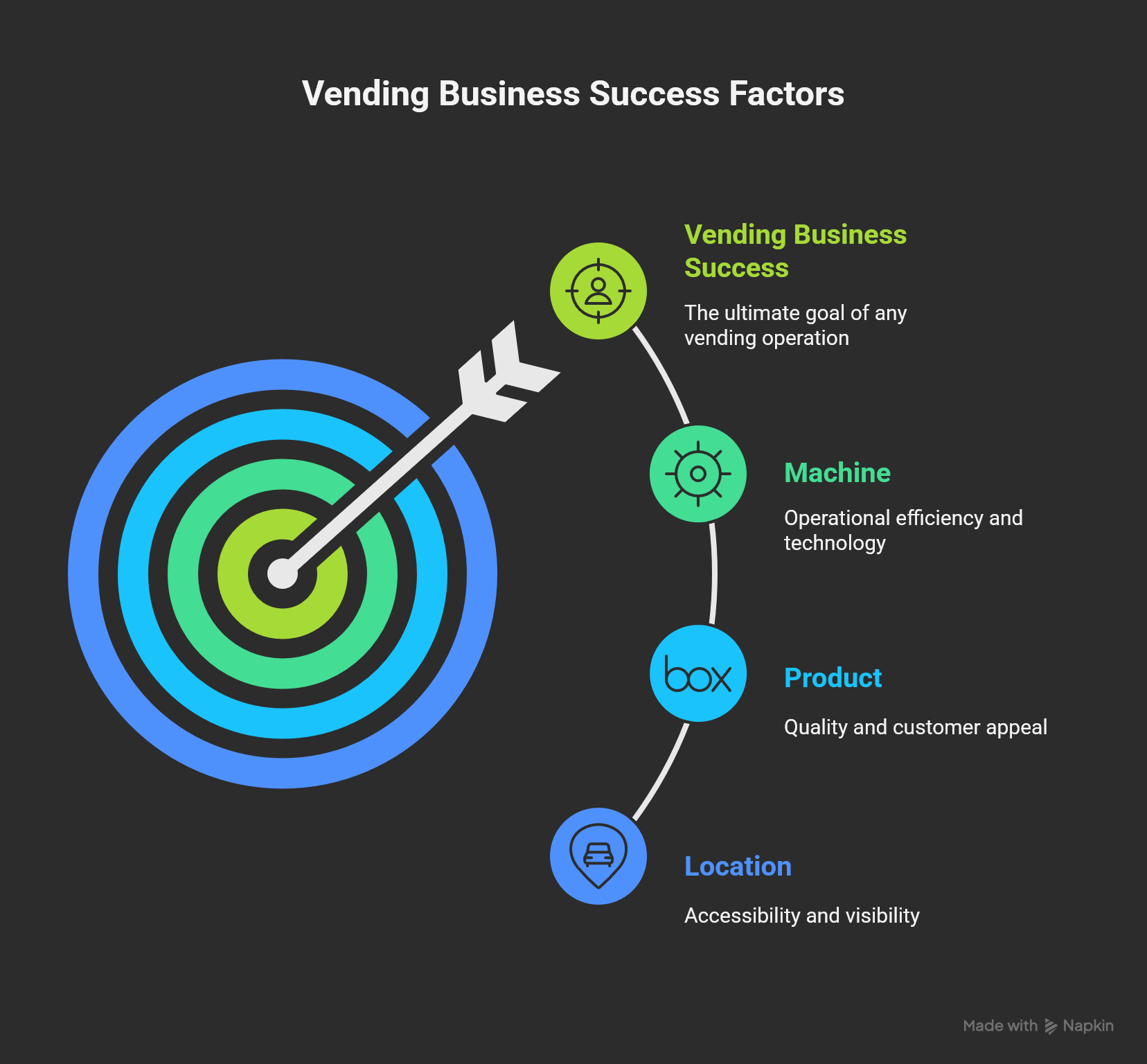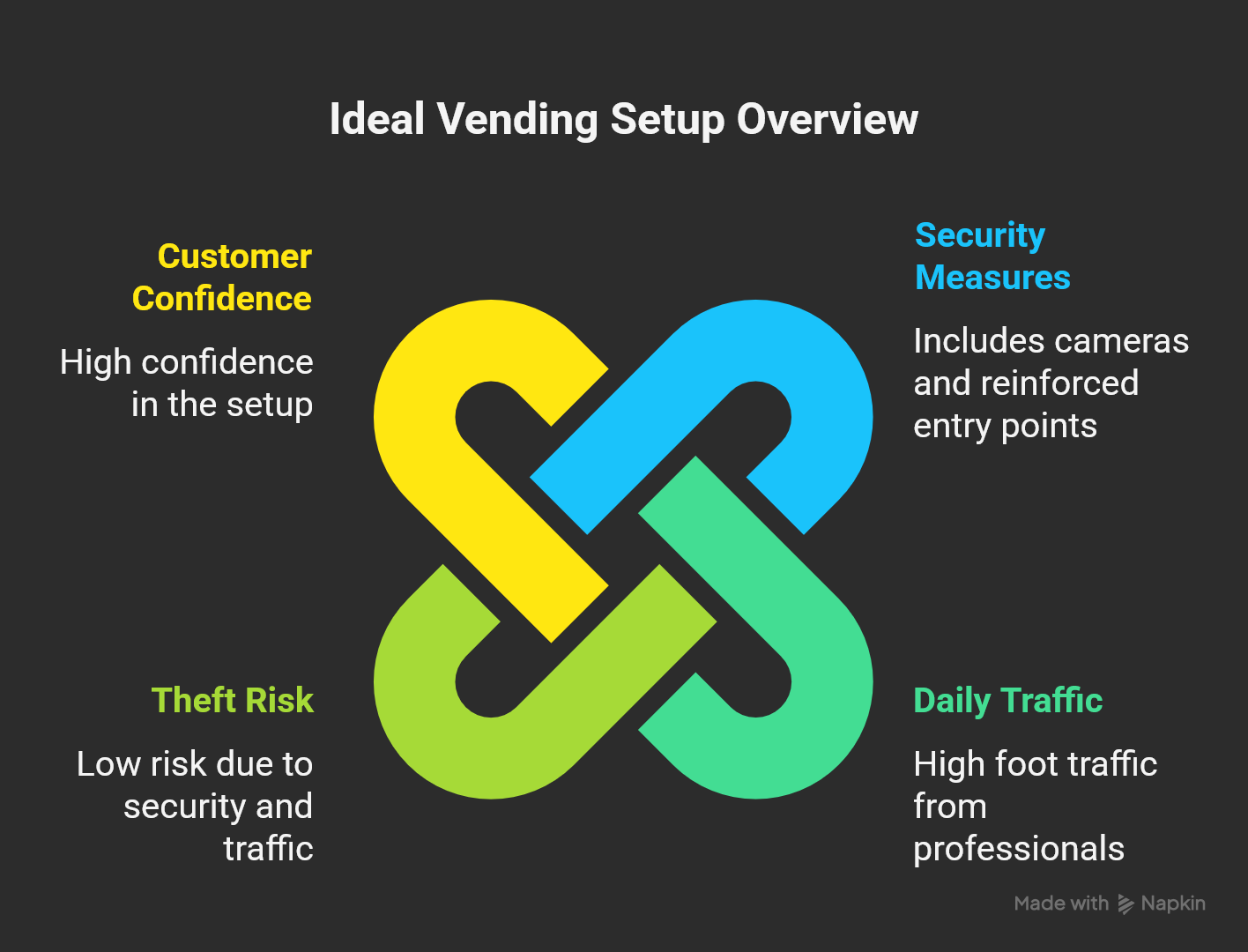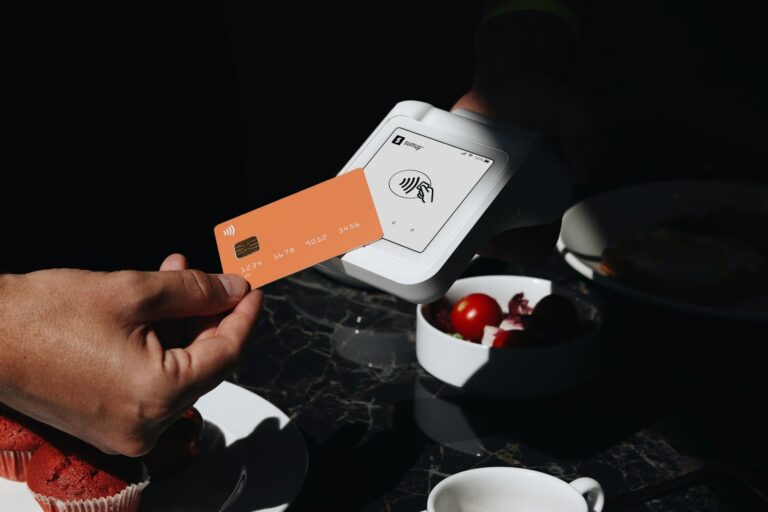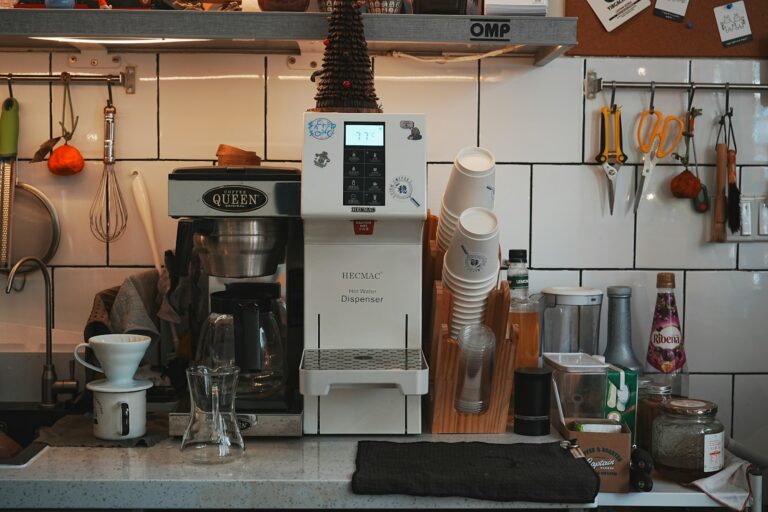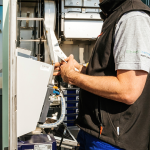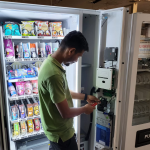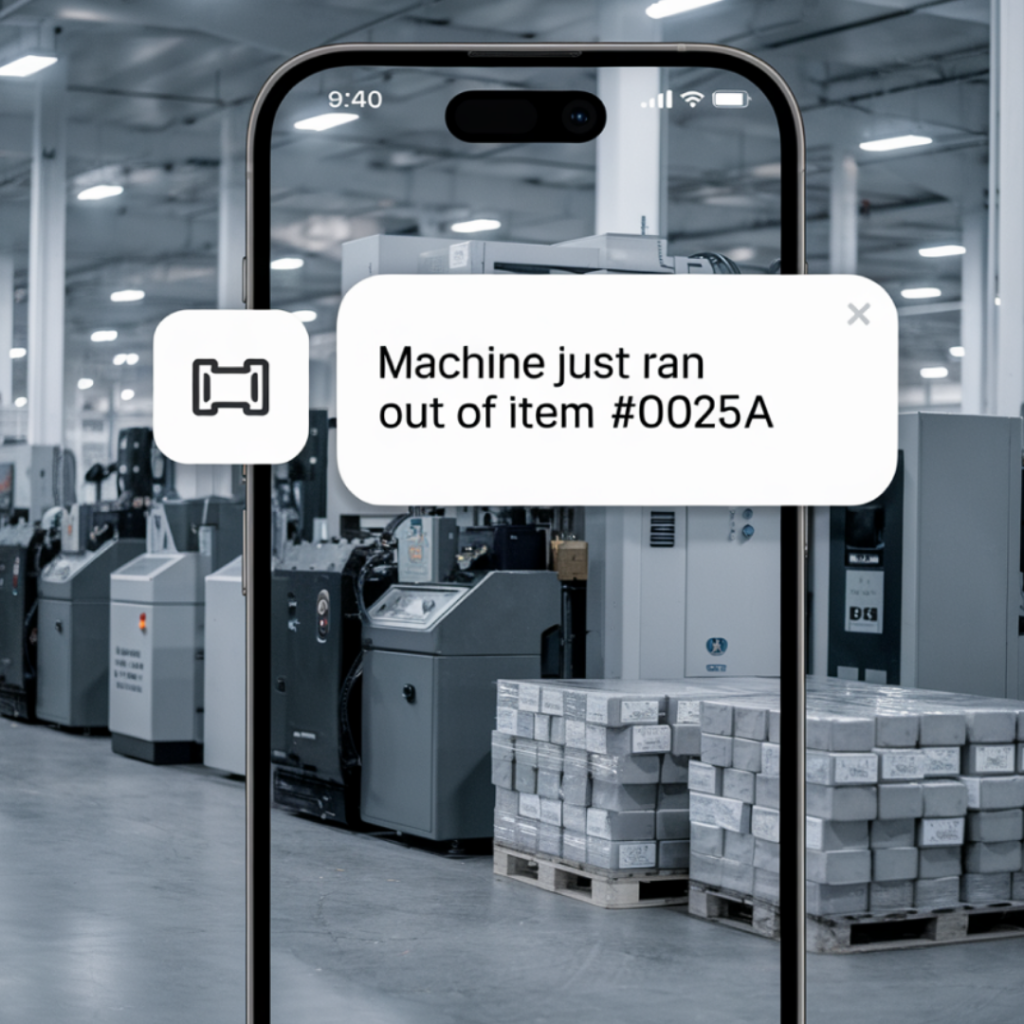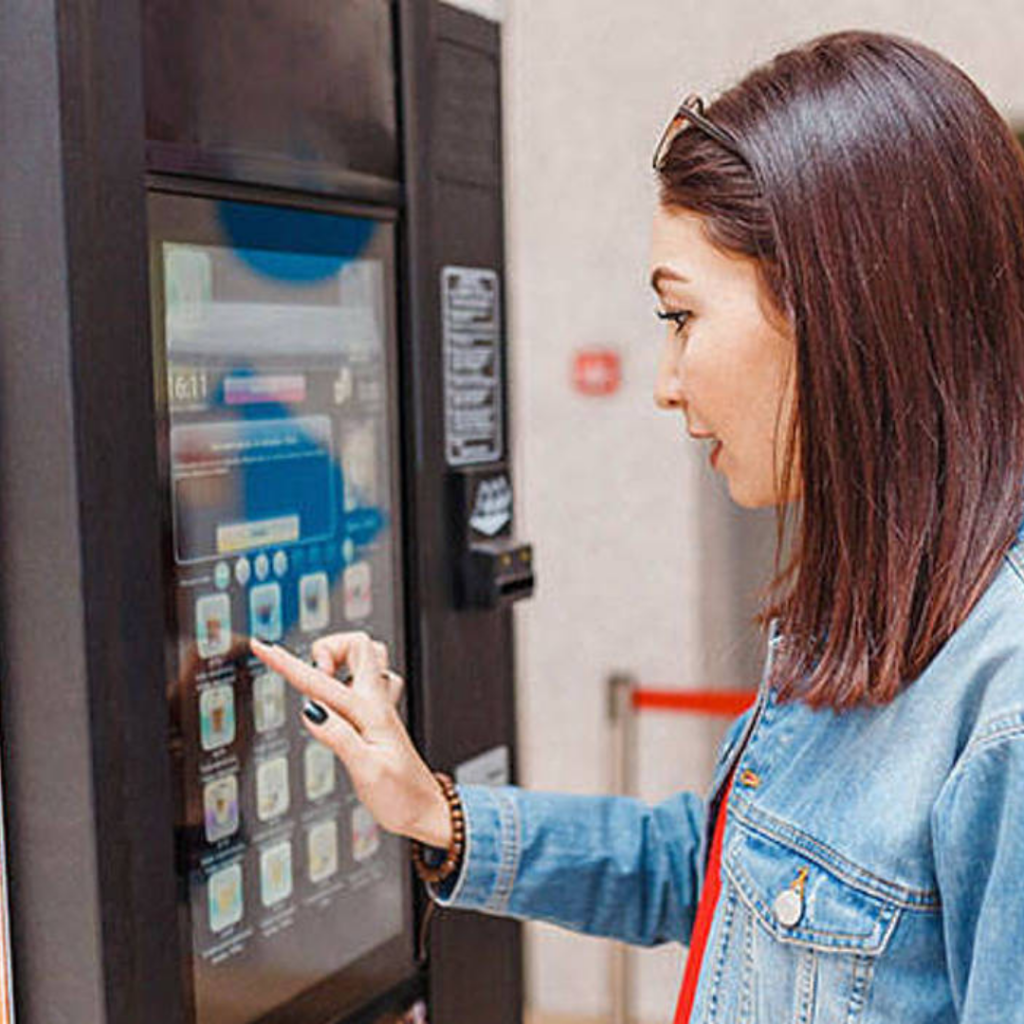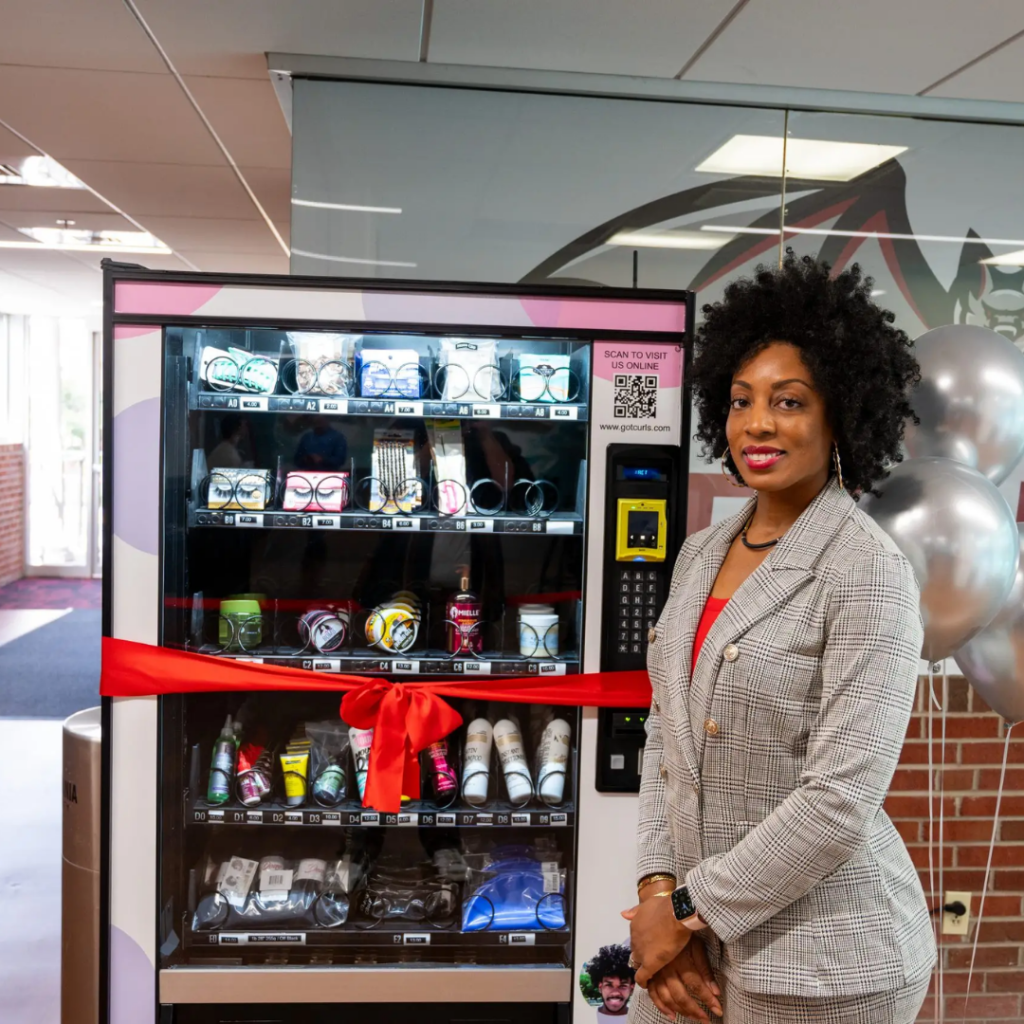Case Study: Finding the Sweet Spot for AI Vending Machines
Introduction: The Three Pillars That Decide Success
Every vending business stands or falls on three things: Location, Product, and Machine. These are not optional factors, they are the foundation. If the location is strong but the product is weak, customers will walk by. If the product is excellent but the machine is outdated, sales will collapse. If the machine is advanced but the location is poor, there will be no audience to serve.
When all three are aligned, results become consistent and profitable. This is where the true formula of vending emerges.
In this case study we look at how one customer discovered the sweet spot for AI vending machines. The lessons reveal why AI vending machines thrive when paired with premium consumables priced between $5 and $20, why they struggle with lower-cost goods where transaction fees eat into margins, and why products priced above $20 demand a different setup entirely.
Customer POV: The Challenge
I had access to what seemed like the perfect setup. The location was secure, with cameras, reinforced entry points, and steady daily traffic. It was a corporate office where professionals passed by the machines multiple times a day. Theft risk was low, customer confidence was high, and I knew vending could work here.
The question was not whether to place a machine, but which machine to choose and what to sell. I considered two paths: an AI vending machine with its advanced product handling and modern design, or a Smart vending machine with a simpler, proven setup.
At first, I tested low-priced items such as $1 water bottles, $2 chips, and $3 sodas. That is where the problem began. Every sale carried fixed processing costs: a 10 cent transaction fee plus a 5 percent interchange fee. On a $1 water bottle, I earned only $0.85. On a $2 bag of chips, I kept $1.80. The fees stripped away my margins, and the AI machine, despite being advanced, made the numbers worse.
Then I shifted. Instead of focusing on small-ticket items, I stocked the AI machine with premium goods priced between $5 and $20. Fresh fruit cups, protein boxes, baked goods, specialty juices. Suddenly the equation changed. Margins stabilized, customers valued the visibility and modern feel of the AI machine, and sales grew steadily.
When I thought about stocking items above $20, such as headphones, tablets, or small electronics, I ran into another barrier. The system needed to pre-authorize large amounts, sometimes up to $1000, to process a single transaction. Customers hesitated, and I worried about tampering risks. I realized high-value products needed more security than the AI format could offer.
Our POV: The Analysis
From our side at VMFS, the picture was clear. The customer had the right environment and the right audience but was trying to force the wrong product into the wrong machine. Low-priced items under five dollars were never going to perform well inside an AI machine because of the unavoidable payment costs. Ten cents per transaction plus five percent of the sale might seem small, but on thousands of transactions it eats away at profit until there is little left.
We explained the sweet spot.
- AI Vending Machines work best with premium consumables priced between five and twenty dollars. They display products clearly, handle them gently, and sell irregular shapes such as fruit packs, baked goods, or protein meals with ease.
- Smart Combo Machines outperform AI when the average item price is under five dollars. Bottled water, chips, and soda sell best in this format because the margin remains safe and the cost per transaction is lower.
- Elevator Vending Machines are required for fragile items or anything above twenty dollars. Electronics, headphones, or collectibles need the extra security and controlled delivery system. Without this, large pre-authorizations scare customers away and open-access designs create a higher temptation for tampering.
We highlighted that success is never about choosing only a machine. It is always about aligning the three pillars together.
- Location must be secure and consistent in traffic.
- Product must fit the audience and pricing sweet spot.
- Machine must be matched to both location and product to protect profit and reliability.
When the three align, the machine serves as an asset rather than a liability.
Results: What We Learned Together
Once the customer adjusted their strategy, the outcomes were immediate and measurable. Stocking the AI vending machine with premium items priced between five and twenty dollars unlocked the true potential of the technology. The machine presented products in a clean, modern way that built customer confidence, and the higher price points kept margins strong even after processing fees.
Moving low-cost items under five dollars into a Smart vending machine stabilized profitability. Each transaction preserved more of the margin, and volume sales of staples like bottled water and chips became worthwhile again.
For products valued above twenty dollars, our testing confirmed the limits of the AI format. Pre-authorizations slowed the buying process, and customers hesitated to commit large sums through an open-door design. By moving these products to Elevator machines, the operator added layers of security and fragile-item handling, ensuring safe delivery and consistent performance.
Together, these adjustments proved the formula in real terms. The AI machine thrived with mid-range premium consumables, the Smart machine secured profitability on everyday low-cost products, and the Elevator machine became essential for high-value goods. The customer learned that each machine has a place, but only when matched with the right product and the right environment.
Key Takeaway
Vending success is not random. It is the result of three elements working together: Location, Product, and Machine. If even one falls out of alignment, profits weaken. A great location with the wrong machine disappoints. A great machine with the wrong product fails to move inventory. A strong product in the wrong location never reaches its audience.
When the three are aligned, success is predictable. AI machines find their sweet spot with premium consumables priced between five and twenty dollars in secure, high-traffic environments. Smart machines protect profitability on everyday products priced under five dollars. Elevator machines secure fragile and high-value items priced above twenty dollars.
The formula is simple but absolute. Choose the right machine for the right product in the right location, and vending becomes not just sustainable but reliably profitable.

